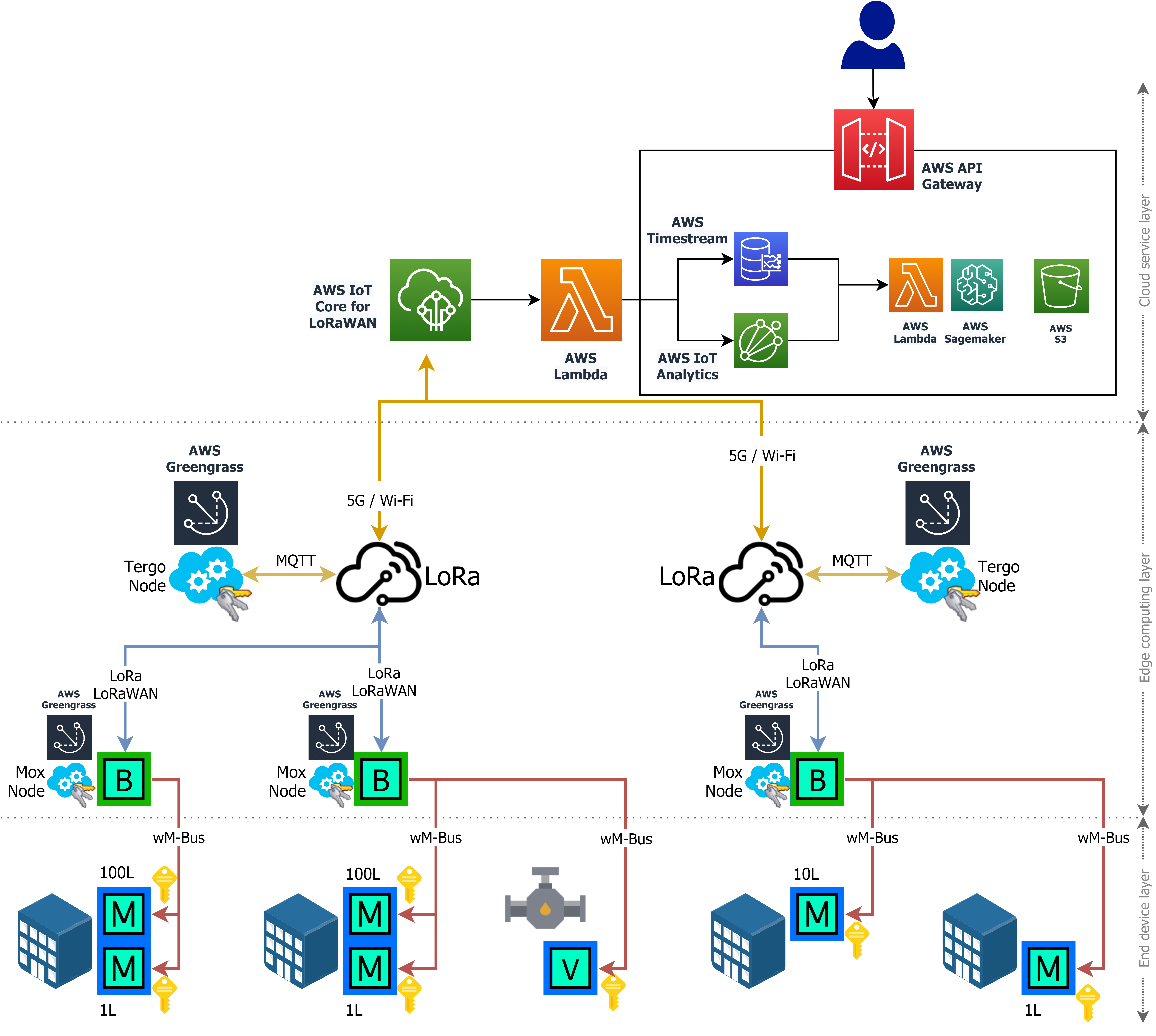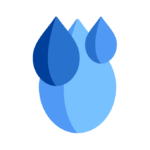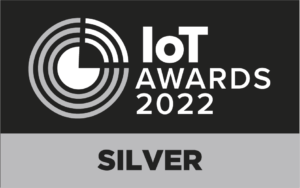ABOUT THE PROJECT
Water metering is a major challenge for most cities around the world, completed either by collecting data from many thousands of water meters using either on-site visits or manual drive-by methods. The main hurdles that prevent the digitization of this process are the number of water meters and their operational lifetime requirements, making the use of technologies like 4/5G based connectivity highly inefficient and inappropriate. Our work, benefits from a hierarchical architecture setup, using multiple layers and edge computing to increase the data collection rates, prolong the lifetime of the whole infrastructure, minimize the additional cost while increasing the benefits, and enabling the data-driven extraction of useful conclusions like consumption profiling or incident detection.
Smart water grids are an evolution of traditional water metering systems that refer to the introduction of continuous, on-demand, and bidirectional data streams between low-level water metering and flow monitoring devices, utility companies, and end-users. As with smart electrical grids, this modernization improves the management of water reserves, risk management, and infrastructure monitoring offering benefits to both utility companies, end-users. Such information can also help reduce the losses of the system and the misuse of water resources, making the whole system environmentally friendly. High-fidelity real-time data can help utilities identify leaks, malfunctions, schedule maintenance or upgrade interventions, and promote a more sustainable operation. The deployment of such an end-to-end data collection system is challenging. The volume of data generated from all the water meters can easily overwhelm traditional data collection systems or communication network and even result in extremely high communication costs, that can make the transition unprofitable. Novel approaches are needed to benefit from low power, low cost, and low maintenance communication technologies and systems, as well as cloud-enabled architectures that can scale regardless of the amount of data they receive.
Tethys [1] is a system that used novel alternative approaches to tackle all the problems presented above including Edge Computing to distribute the processing of water metering data in multiple layers of the system. Tethys follows a multi-level architecture combining multiple communication technologies like Wireless-Mbus, LoRA, and 4/5G mobile networks to get the best connectivity on each level, balancing data throughput, operational cost, and device lifetime as best as possible. Our system is organized in three distinct layers, the End device layer, the Edge Computing layer, and the Cloud services layer, that communicate with each other, exchange data and control signals, and gradually process and extract all the available information from each packet received from every water meter, pressure meter and water valve in our system. The whole software stack can be deployed in minutes using Amazon Web Services (AWS) and can scale at any needed level, leveraging the cloud-ready solutions provided, including AWS Timestream, for data storage and querying, AWS Lambda for data processing, AWS IoT Core for management of all the IoT infrastructure and AWS API Gateway for exposing the collected data to client applications. Our edge nodes (called Mox and Tergo), as well as the Tethys Cloud Services, are powered by the AWS Greengrass runtime, allowing us to move components of our data processing and analytics pipeline from the cloud to the edge devices on-demand and based on the processing load of each device. On top of the basic data collection and processing,
Tethys is also capable of analyzing the recorded water consumption data to identify patterns, behaviors, and anomalies. These patterns can be used to easily identify leaks, burst pipes, or even bad customer behaviors that can be changed to improve their water consumption and environmental conscience.
Data Security and Data Privacy play an important role in Tethys as it also does in all remote metering applications. The system is capable of moving encryption keys to and from the edge layers, maintaining the privacy of the end-user data at all times.
Tethys is deployed and operational, since 2019 collecting data on variable intervals ranging from 3 minutes to 1 hour, based on the hardware of the end devices. Based on the data generated by the Tethys’ system deployment we were able to assess the effect of the COVID-19 pandemic on the water consumption in each of the buildings and the behavior of their users as presented in [2], [3] and [4]. We were thus capable of identifying how certain buildings (focused on teaching and students) were left unused during the main lockdown periods while others (medical school and hospital buildings) kept operating almost as before, even with increased water consumption due to the increased hygiene measures employed.

[1]: Amaxilatis, Dimitrios, et al. “A smart water metering deployment based on the fog computing paradigm.” Applied Sciences 10.6 (2020): 1965.
[2]: Zecchini, Marco, et al. “Identifying Water Consumption Patterns in Education Buildings Before, During and After COVID-19 Lockdown Periods” IEEE International Conference on Smart Internet of Things (SMARTIOT 2021).
[3]: Zecchini, Marco, et al. “Using IoT Data-Driven Analysis of Water Consumption to support Design for Sustainable Behaviour during the COVID-19 Pandemic” South-Eastern European Design Automation, Computer Engineering, Computer Networks and Social Media Conference (SEEDA 2021).
[4]: Ercim News “Tethys: An Edge Computing–Ready Water Metering System for Smart Cities“

